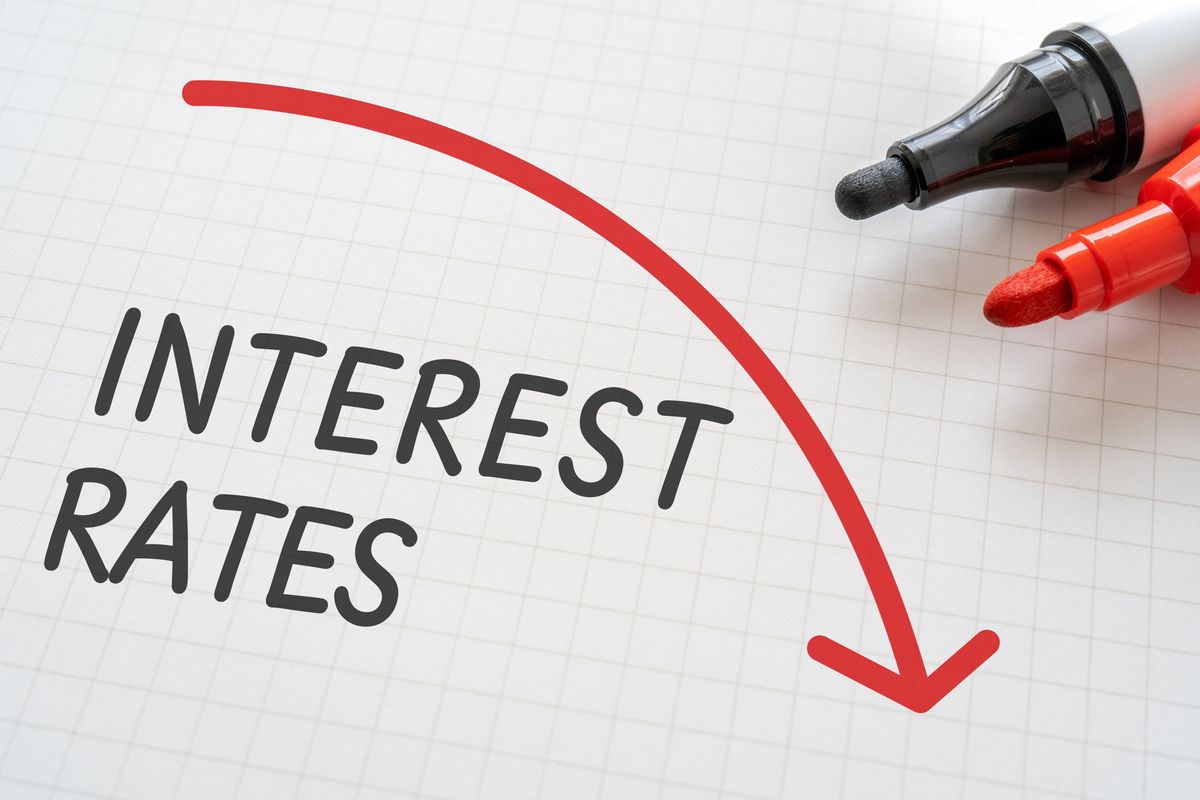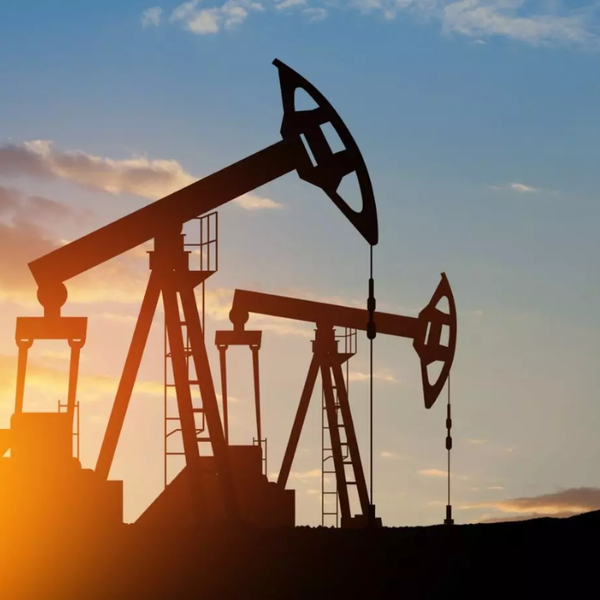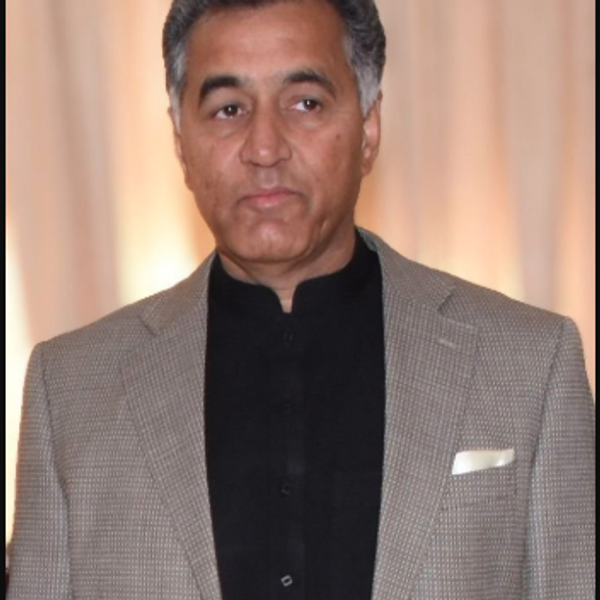Pakistan's real interest rate rises to historic high
Report by brokerage Arif Habib says central bank should cut the interest rate by at least 50 basis points

Haris Zamir
Business Editor
Experience of almost 33 years where started the journey of financial journalism from Business Recorder in 1992. From 2006 onwards attached with Television Media worked at Sun Tv, Dawn Tv, Geo Tv and Dunya Tv. During the period also worked as a stringer for Bloomberg for seven years and Dow Jones for five years. Also wrote articles for several highly acclaimed periodicals like the Newsline, Pakistan Gulf Economist and Money Matters (The News publications)

Shutterstock
With April inflation remaining below single digits, Pakistan's real interest rate has now risen to -11.7% — a historic high.
Pakistan's central bank kickstarted its monetary easing cycle in June last year when the real interest rate was already in negative territory at -10.24% with an interest rate of around 22% and inflation rate of 11.76%.
During the current fiscal year, inflation rate has eased off from 12.57% to 0.3% while interest rates have declined from 22% to 12%.
In October 2023, inflation was recorded at 31.44% and interest rate stood at 22% while the real interest rate was in positive territory of 9.44%.
Subsequently, global crude oil prices and other commodity prices started softening and with the base effect, inflation started easing. From June onwards, the central bank started easing the interest rate from a record high of 22%.
During the last 10 months of the fiscal year, the real interest rate was in single digits for four while in remaining months, it was in double digits.
According to a report of Arif Habib Ltd., the State Bank's Monetary Policy Committee should reduce the policy rate by at least 50 basis points to 11.5%, as improving macroeconomic indicators provide ample room for further easing.
Headline inflation dropped to a historic low of just 0.3% in April, while core inflation eased to 8%, pushing the real interest rate to a substantial 11.7%.
Even with FY25 average inflation projected below 5%, the real interest rate would still remain elevated at 7%.
"On a 12 months forward basis, headline inflation is expected to average 7%, implying a real interest rate of 4% at the current policy level. Core is forecasted to average 8–9%, highlighting that the real interest rate spread remains significantly wide by all standards" the report stated.
It said that the case for a rate cut is not solely driven by inflation dynamics. On the external front, the current account posted a surplus of $1.86 billion during nine months of FY25.
Although some import-related pressure exists, international oil prices remain contained around $60–62 per barrel, offering support to the external balance.
The brokerage expect the current account to remain manageable, closing FY25 with a surplus of $1.3 billion.
Meanwhile, the contraction of large-scale manufacturing by 1.9% in eight months of the current fiscal year underscores the urgent need for policy support.
"A timely and calibrated rate cut at this stage is critical to reinforce confidence and sustain the recovery trajectory," according to the report.







Comments
See what people are discussing